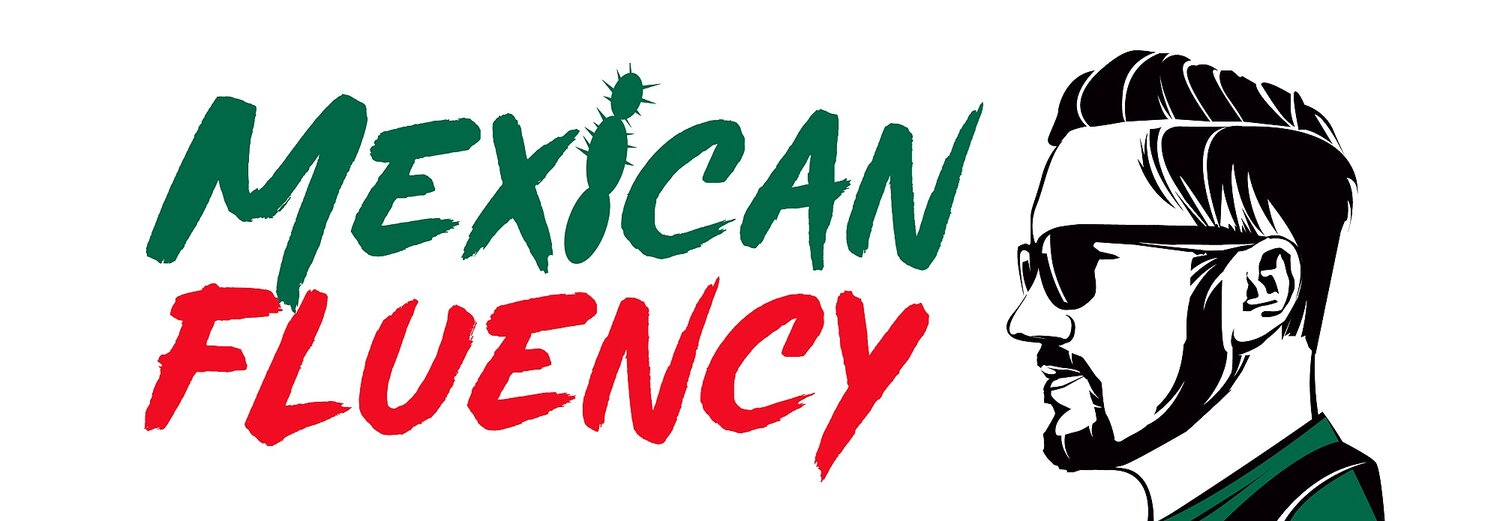Systems, Not Goals: How to Achieve Spanish Fluency
When it comes to learning Spanish, the idea of “fluency” often feels like a distant, intimidating finish line.
But what if I told you that fluency isn’t about chasing perfection?
In fact, fluency—defined here as reaching a B2 level on the CEFR scale—means you can hold conversations, understand most written and spoken Spanish, and express yourself comfortably.
It’s not about mastering every grammar rule or knowing every word; it’s about communication.
Now, let’s talk about how to get there without getting stuck in the endless loop of setting goals like “be fluent in 6 months.”
Instead, we’ll focus on systems over goals, an approach popularized by author Scott Adams that can completely transform how you learn Spanish.
Systems > Goals for Spanish Language Learning
Goals like “become fluent in Spanish” can feel overwhelming and lead to frustration.
Why?
Because every day you’re not fluent, you feel like you’re failing.
Instead, adopt a system—a consistent set of daily habits that move you closer to fluency one step at a time.
A system focuses on what you can control right now, not some abstract future milestone. For Spanish, that means creating small, actionable routines you can stick to, regardless of how motivated you feel on any given day.
What Does a System for Learning Spanish Look Like?
1. Daily Listening Practice
• Spend 10–15 minutes every day listening to native Spanish speakers. A fun and highly effective option is watching a telenovela on ViX+ with Spanish subtitles.
This exposes you to conversational vocabulary, cultural nuances, and natural speech patterns.
• System Example: Choose a telenovela like La Rosa de Guadalupe or El Dragón and commit to one episode daily. Read along with the subtitles to boost comprehension.
2. Consistent Speaking Practice
• Don’t wait until you feel “ready” to speak. Find a language partner, tutor, or online community where you can practice speaking regularly.
Even 15 minutes a day can make a huge difference.
• System Example: Schedule a 30-minute conversation with a native speaker on Italki twice a week or practice repeating lines from the telenovela out loud to improve pronunciation.
3. Vocabulary Building
• Instead of cramming endless word lists, focus on learning words and phrases you’ll actually use.
Apps like Anki or Quizlet can help you review vocabulary in small, manageable chunks.
• System Example: Jot down 5–10 new words or phrases you notice in your daily telenovela episode and review them throughout the week.
4. Reading Short Texts
• Whether it’s news articles, blog posts, or subtitles from your favorite show, regular reading improves comprehension and exposes you to natural sentence structures.
• System Example: Pause your telenovela at key moments and read the subtitles closely to match spoken and written Spanish.
5. Grammar in Action
• Instead of obsessing over every grammar rule, focus on practical grammar that you can apply immediately.
For example, use the present tense confidently before diving into advanced subjunctive structures.
• System Example: Each week, pick a small grammar topic from your telenovela (e.g., verb conjugations or idiomatic expressions) and incorporate it into your speaking or writing practice.
Why Systems Work Better than Goals
• They Build Consistency: Small daily actions compound over time. Even if you only practice for 20 minutes daily, that’s over 120 hours of Spanish practice in a year!
• They’re Flexible: Systems adapt to your schedule and energy levels. Miss a day? No problem—just pick up where you left off.
• They Focus on Progress, Not Perfection: Every time you complete a small task, like watching an episode or reviewing vocabulary, you make progress, even if fluency still feels far away.
Join the Next Fluency Hour Cohort
If you’re ready to build a daily system that works, consider joining my Fluency Hour courses.
A new cohort starts at the beginning of each month, and the course is designed to help you build a strong foundation in Spanish fluency through daily, actionable steps.
By the end of the program, you’ll have a system for learning Spanish and the confidence to continue to improve.
👉 Click here to learn more and sign up for Fluency Hour.
Fluency Is Achievable with the Right System
The beauty of this approach is that it removes the pressure of chasing fluency as if it’s an all-or-nothing goal.
Instead, by building a sustainable system, you’ll find yourself improving every day—and one day, you’ll realize you’re fluent without even noticing the moment it happened.
Remember, fluency at a B2 level doesn’t mean perfection. It means holding conversations, understanding the gist of most texts, and confidently navigating daily life in Spanish.
So, instead of setting a goal to “be fluent,” start building your system. Start small, stay consistent, and celebrate every bit of progress along the way.
What’s Your System?
If you’re ready to take the first step, explore resources on MexicanFluency.com, from courses to telenovela recommendations and vocabulary builders. Your system starts today!
